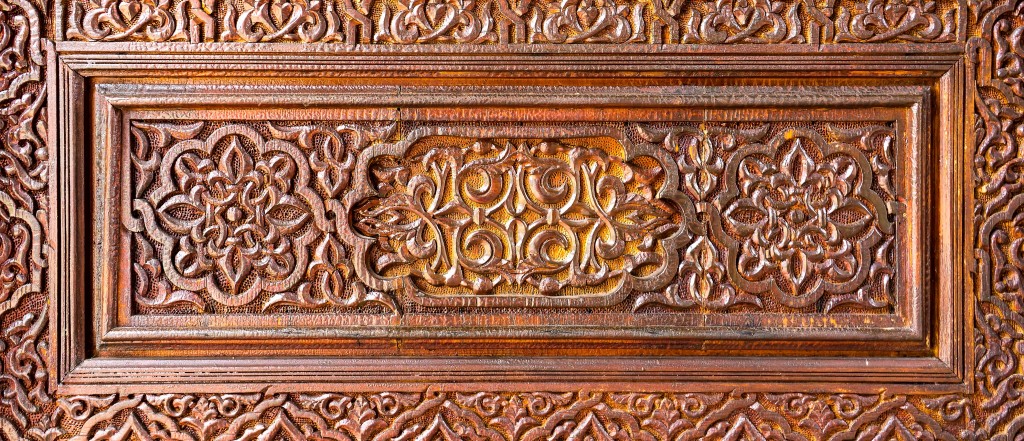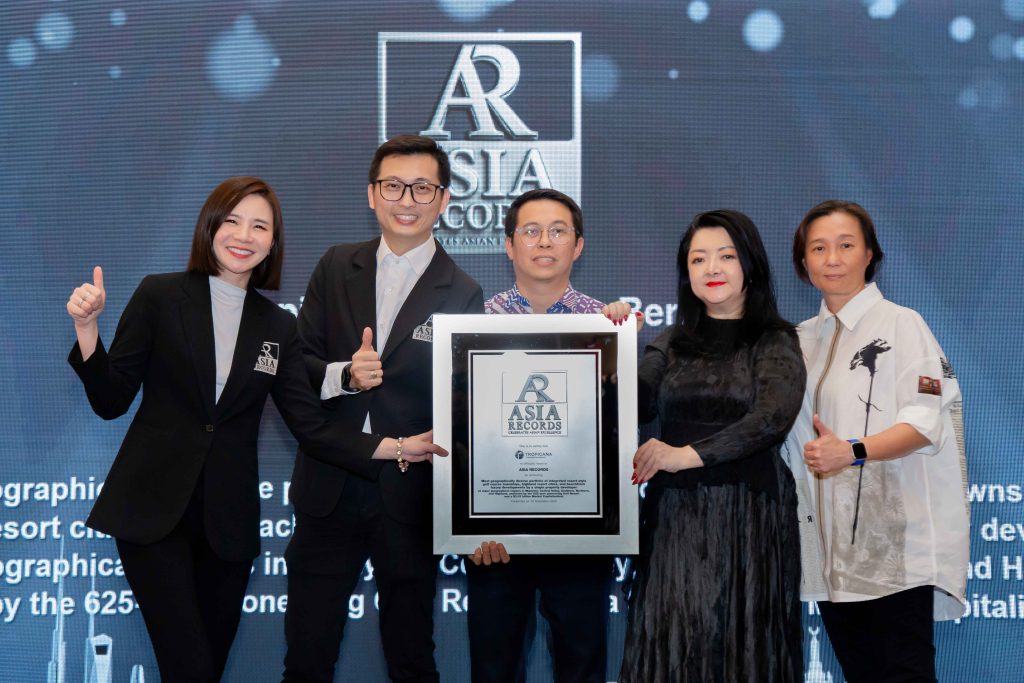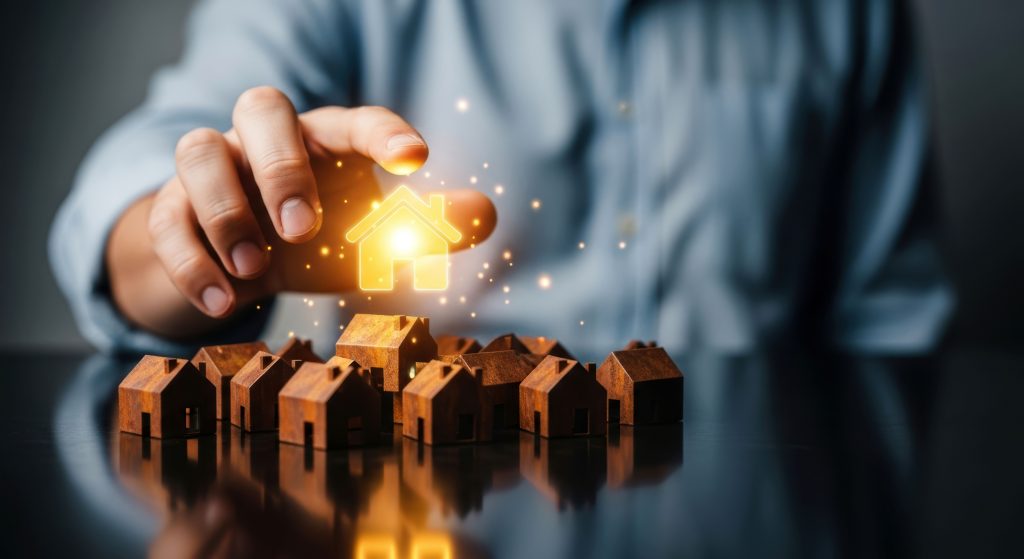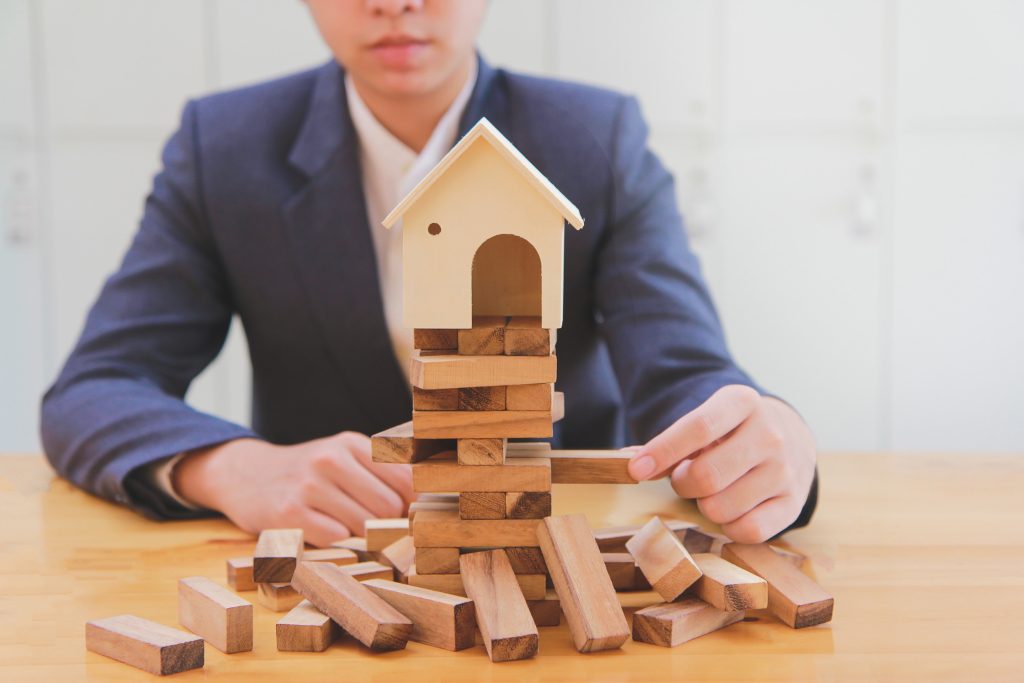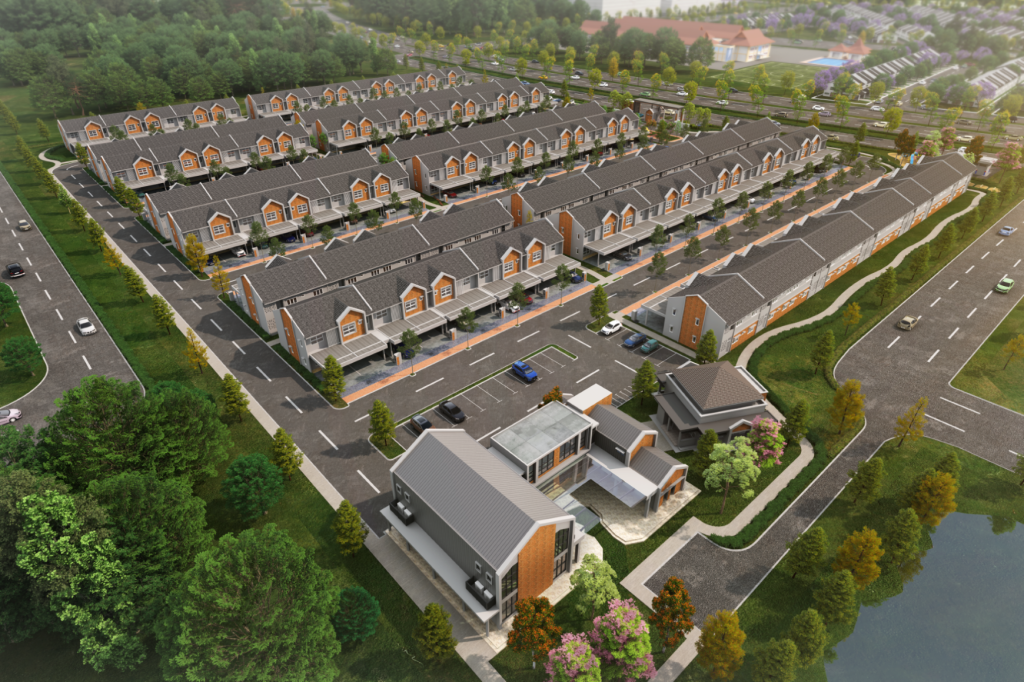Today’s property market is always pushing the rhetoric of embracing sustainability. However, what many people may not realise, particularly those living in developed rural areas, is that traditional homes from centuries ago were inherently sustainable. The majority of traditional homes in rural villages were constructed using eco-friendly materials such as wood, bamboo and nipah palm, and they all significantly contributed to the sustainability of Malaysian homes in several ways.
First was the reduction in carbon footprint. The materials were locally sourced and renewable, which in turn minimised transportation emissions and reliance on non-renewable resources. In terms of energy efficiency, the wood and bamboo provided natural insulation and reduced the need for energy-intensive cooling and heating systems. What about from the perspective of biodegradability? Well, at the end of their lifespan, these materials decomposed naturally, thus minimising waste and landfill contributions.
In the tradition of vernacular architecture, village house styles weren’t considered professionally designed but it has undoubtedly evolved over a period of time while incorporating readily available local materials, which suited the local climate and environmental conditions. Most Malay houses especially were considered a post and lintel structure while reflecting the originality of the local culture.
A special feature by the Construction Industry Development Board (CIDB) titled Exploring the Green Architecture of Traditional Malay Houses goes into detail about this fact. The construction sector in Malaysia has experienced change due to modernisation, which has led to the displacement of traditional influences. This transformation may have impacted efforts to preserve eco-friendly design approaches inherent in conventional Malay house architecture. In short, the architectural style of the traditional Malay house stands as an exemplary model of green design principles suitable for sustainable housing development.
The best part? Traditional sustainable materials won’t cost you an arm and a leg like modern materials do. These houses are mainly constructed from locally sourced timber and efficient designs. According to CIDB, bengal wood is used primarily for main pillars and meranti wood for walls and floors, especially in older homes. Roofing materials typically involve nipah leaves to ensure natural ventilation permeation through the intricately designed gaps in the wooden floors and walls. Of course, temperatures in the city and villages differ drastically but removing the need for electric fans and air conditioners at any time of the day sure sounds like a good steal.
Location makes a difference
Malaysia’s humid climate proposes a larger need for effective strategies to minimise direct sunlight exposure and heat infiltration as well as to optimise airflow, strategic building orientation and pitched roofs for efficient water drainage. However, the increase in population growth prompted the development of new towns and suburbs and the needs of the people eventually evolved beyond simple sustainability. Modern houses typically employ heavier materials and a new perspective of space planning, which inevitably alter the once-efficient structures of traditional homes.
With the green approach simply being known as responsible design, there is no doubt that Malaysia is slowly but surely going back to its roots somehow. The roles of architects and interior designers are re-evolving back towards sustainability and the government plays a bigger role in supporting such initiatives. Sustainable interior design for some can be seen as a shift from synthetic culture to a return towards more traditional, local and natural ways of living.
Incorporating traditional materials into modern homes
Traditional materials can be seamlessly integrated into modern homes to create sustainable and eco-friendly living spaces. The most common would be to install wooden flooring to add warmth and elegance to modern interiors while providing long-lasting durability. Bamboo furniture is also another stylish, eco-conscious alternative thanks to its flexibility of being utilised for a range of furniture. It is not uncommon to find chairs, tables and even bed frames made of bamboo in Malaysia. When it comes to nipah palms, they are widely used for their decorative abilities, especially when placed on walls and ceilings. On blank walls, they are insanely popular as a way to add a touch of natural aesthetics.
Malaysia's rich cultural heritage is beautifully reflected in its architectural traditions, particularly in the use of natural and sustainable materials. For centuries, Malaysian homes have embraced the warmth and versatility of the various resources that can be found in their surrounding natural environment, creating structures that are not only aesthetically pleasing but also ecologically responsible.
Modern homes are slowly shifting back towards having sustainable and natural features but costs are a major obstacle blocking full adoption for many Malaysians. While it can be argued that it is a long-term investment, perhaps more variations need to penetrate the market and make sustainability affordable to all. Further governmental intervention to support these initiatives would be a huge game changer that would make or break Malaysia’s ecological health in the future.
Stay ahead of the crowd and enjoy fresh insights on real estate, property development, and lifestyle trends when you subscribe to our newsletter and follow us on social media.



